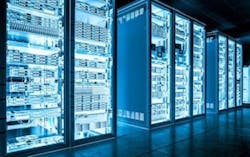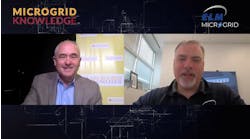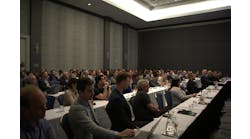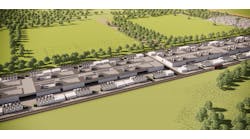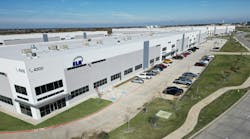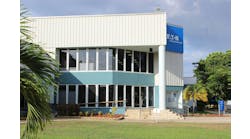A startup focused on building solar energy installations to power new data centers in Illinois gained a $14.5 million funding boost to push the projects closer to completion.
SunRocket Capital announced three separate construction-to-permanent funding transactions with Donato Solar. The $14.5 million in financing for the first quarter of this year are connected to three solar data center projects totaling 9.24 MW in capacity.
The solar fields, in addition to directly powering the data centers, are designed to overproduce during the day and provide excess electricity into the main grid. Donato Solar received local approvals for the projects in late 2022 and has already started work on at least one of the installations planned for Champaign County, according to news reports.
The financing with SkyRocket Capital eventually extends to Donato Solar’s planned pipeline of 100 MW in projects, totaling close to $100 million in financing. Anthony Donato is a longtime Chicago area businessman who, in addition to starting Donato Solar in early 2022, is CEO of data center-focused development firm GAIL Technology Inc. formed several years earlier.
“The team at SunRock Capital has proven to be an exceptional financial partner,” Donato said in a statement. “They operate with speed and efficiency and are very knowledgeable regarding solar development, a unique and important component of helping expedite financing.”
SkyRocket Capital recently changed its name from Sol-REIT LLC. The financing firm also made a few management changes along with the new name, according to a press release late last month.
Each of the Donato Solar projects reportedly will receive solar renewable energy credits (RECs) awarded through the Illinois Power Authority’s program known as Illinois Shines. The RECs are allocated with the goal of 15-year power generation lifespans.
Future of Electrification Needs Microgrids
Find out more at the Microgrid 2024 Conference
April 22-24 in Baltimore: Join the Revolution in Energy
The growth of data centers, particularly in the sector of hyperscale and artificial intelligence capabilities, is stressing the traditional power generation portfolio. The industry has always required on-site backup power, typically diesel generators, but it is seeking sustainability goals and future carbon-free energy alternatives such as solar, battery storage, renewable natural gas and even small-scale nuclear.
Data giants such as Meta, Google and Microsoft are pursuing future projects centered around, hydrogen fuel cells, biofuels and renewables, including microgrids.
